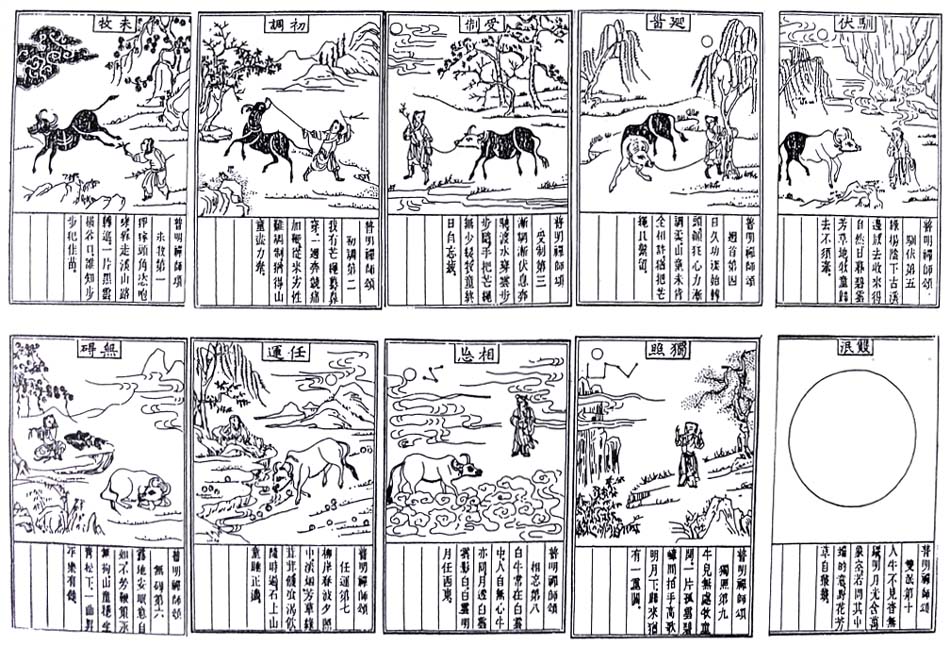If you were to create a new martial art, based on your experiences? How would you handle rankings? Would you do them at all, go with a belt system, a level system, or a tiered system(ie: only student/advanced student/instructor/master)?
What would be the best for your own 'style', and what do you think would do the best choice if you were trying to start a profitable school? Why?
I like to think I have and am always refining our program. We have not changed our original belt system with nine Gup ranks and nine Dan ranks. I have 'automated' the testing process so that the testing board uses tablets to assess the student's performance, and the tester can see the results in real time (after the test is over of course, no phones on the workout floor, no exceptions). After testing, we have a Q&A session with open and honest remarks. I go out of my way to have the board talk to people one on one as well. Yes, we do fail someone if their performance warrants it. This would be a person we pay special attention to post-testing.
Profit. It is too often seen as the devil in MA's discussions. I first have to acknowledge that my situation is different from most since I outright own the property (two strip malls) where our schools are located. But I run them no different from a renter's relationship. If a person wants to operate in a brick and motor building/room, then profit absolutely, positively must be a part of the equation. The curve usually goes something like this: Start out operating at a loss (this is where most schools fail), breaking even (oftentimes mis-interpreted), and operating in the black (this can vary wildly). I think most schools operate in the breaking even category because not all costs of operating are fully weighted.
Since I interpret your 'for profit' query as a school that is standing on its own, paying the bills and then some, I will focus here.
For arguments sake, I will use the terms 'blue collar' and 'white collar' as describing schools. A blue-collar school is in a for-profit business in an average retail area. A white-collar school is a for-profit business that has exclusivity and is more of a private entity. Each type has their positives. I try hard to pull the positives into my business. We do privates, but only for competitors. I am Not into privates with someone who does not want to be part of a regular class.
You will not be selling a product you are selling a service. There are a few legal and ethical differences here, so you need to study up on your area and leverage this for all it is worth.
Kids. I know of SO many schools that are extremely lopsided and kid heavy. This usually results in unhappy instructors and management headaches, and I know of more than a few schools that have failed because of drama or sketchy goings on.
Here is a little secret. I have Never advertised for kids. This is largely because we have had kid's programs in our school system and as a P.E. elective for over 25-years (note this is work Outside the school walls). Once they start coming to class, kids will keep coming to a good program. They are free marketing to get access to the parents/adults. This is where I focus my energy. Think of it as a big, ever-changing wheel that is hard(ish) to get rolling, but once started it is mainly downhill from there.
I have diversified my classes over the years, but it has all stayed within our style(s) and competition. There is a modicum of variance within, but we basically have a kid's class, adult's class, and a competitor's program. Yes, the competitor's program is an additional fee because there are more hours of training involved.
You have to learn the ebb and flow of sports/exercise related service business. There will times of year when people pour into the school (think New Years resolutions) and times when attendance will drop off (think start of school year).
I don't care if a person wants to buy their own uniform or gear, but I do ask that let me have their uniform screen printed. Yes, shameless promotion.
I offer a fully line of equipment and uniforms that I can almost always sell cheaper than our students can buy online because I sell enough and have great vendor relationships. And usually no waiting for delivery. Go Choi Brothers.
To me, the question is what school model do you want to be? To me, there are mainly three models.
1.) The guy who teaches a few friends at the park. All fine and good but does little so spread the knowledge and MA.
2.) The group that meets at the YMCA. Not a bad to start out and get a core group started, but scheduling can be a real hassle.
3.) Brick & mortar Business. This comes with all the trappings of any services related business. No getting around this.
Which one do you want to be?


